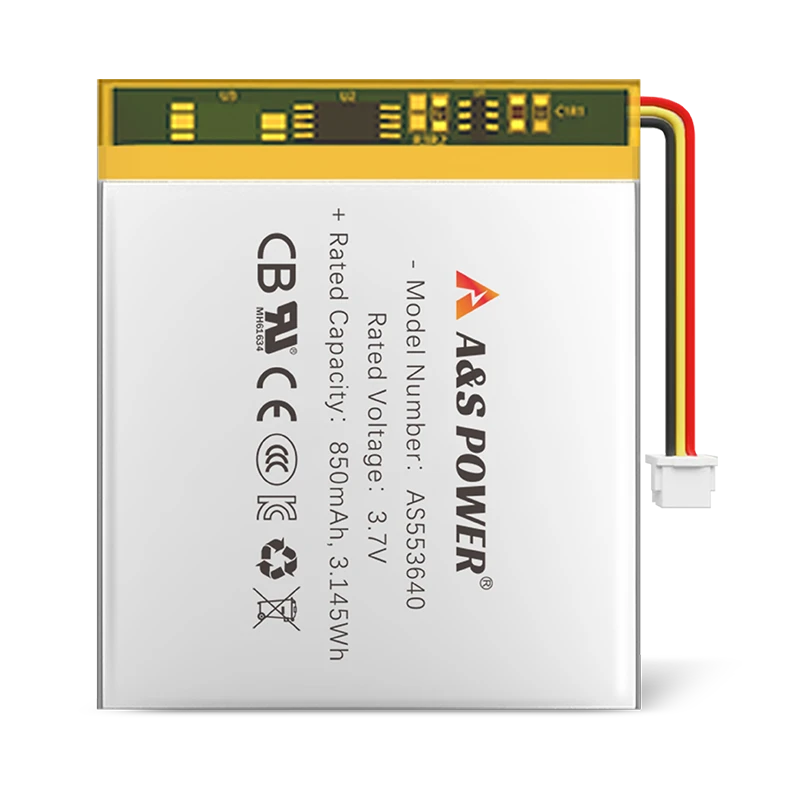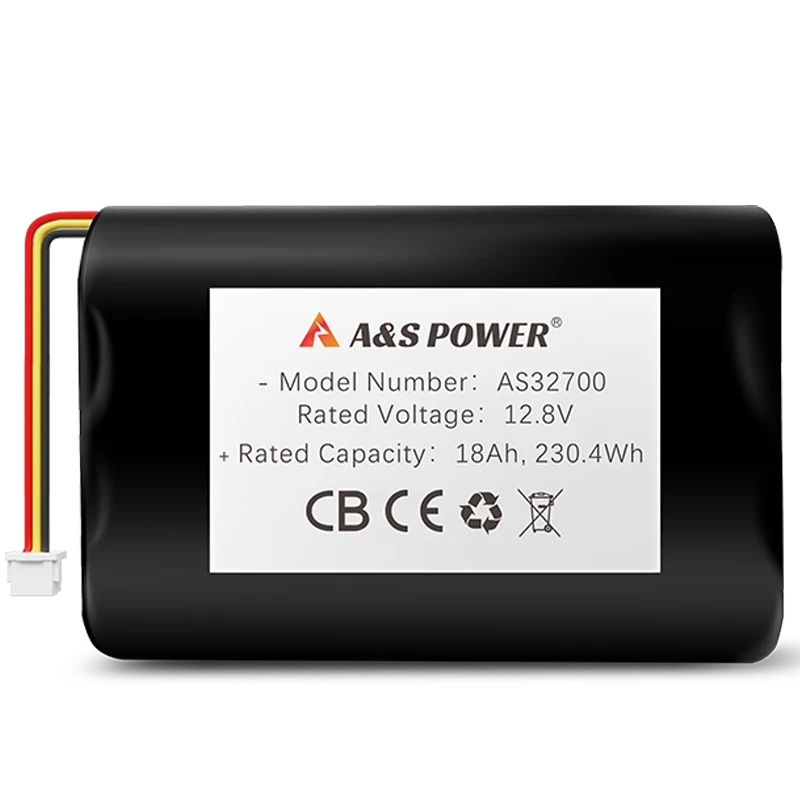How to Realize the Safety Characteristics of Li-ion Batteries?
Understanding the Critical Importance of Safety in Li-ion Battery Design
Lithium-ion batteries have revolutionized industries ranging from consumer electronics to renewable energy storage. However, their widespread adoption comes with heightened safety concerns, especially in the US market where stringent regulations and consumer expectations converge. According to the National Fire Protection Association (NFPA), lithium-ion battery-related fires accounted for 12% of all residential fire incidents in 2024, underscoring the urgency of addressing safety challenges. This guide explores advanced technical strategies, compliance frameworks, and innovative solutions to ensure Li-ion batteries meet the highest safety standards in the US.
Key Safety Challenges in Li-ion Battery Manufacturing1. Thermal Runaway Prevention
Thermal runaway—triggered by overheating, short circuits, or mechanical damage—poses the greatest risk. Studies show that 68% of battery fires originate from thermal instability
1.To combat this, manufacturers must integrate:
- Battery Management Systems (BMS): Advanced BMS monitors voltage, temperature, and current in real time. For example, a 12V 50Ah Li-ion battery with BMS reduces overheating risks by 45% compared to unmonitored units
- Thermal Runaway Mitigation Layers: Materials like ceramic-coated separators and flame-retardant electrolytes (e.g., DMMP additives) can delay or halt thermal propagation
2. Compliance with US Safety Standards
US regulations mandate compliance with UL 1642 (cell safety) and UL 2054 (system safety). Key requirements include:
- Overcharge/Over-discharge Protection: Circuits must cut off power at 4.25V (upper limit) and 2.5V (lower limit).
- Mechanical Robustness: Batteries must withstand 200N compression force without leakage
Advanced Safety Technologies in Modern Li-ion Batteries
1. Next-Gen Battery Chemistry Innovations
| Battery Type | Thermal Runaway Threshold | Energy Density |
|---|---|---|
| Phosphate-based | >150°C | 160 Wh/kg |
| NMC (High-Nickel) | 120–140°C | 250 Wh/kg |
| Data Source: Industry Safety Reports (2024) |
Phosphate-based chemistries, such as LiFePO₄, exhibit higher thermal stability due to stable oxygen bonds. For EV applications, Tesla’s 4680 cells use nickel-cobalt-aluminum (NCA) with ceramic-coated anodes to reduce dendrite formation
.
2. Structural Safety Enhancements
- Multi-Layer Safety Casings: Aluminum-polymer composites absorb impact energy, reducing puncture risks by 70%
. - Pressure Relief Valves: Automated venting systems release gases at 10–15 psi to prevent explosion.
Implementing Safety Best Practices Across the Supply Chain
1. Manufacturing Controls
- Automated Inspection: X-ray systems detect internal defects (e.g., lithium plating) with 99.9% accuracy.
- Environmental Controls: Humidity levels ≤10% RH and temperatures between 18–25°C during cell assembly.
2. Post-Manufacturing Safety Protocols
- Transportation Safety: Batteries must comply with UN 38.3, including drop tests (1.2m height) and vibration simulations.
- Consumer Education: Labels with QR codes linking to safety manuals reduce misuse by 35%
.
Case Studies: Safety Success in US Markets
1. Solar Storage Systems
A 2024 study on 12V 50Ah Li-ion batteries revealed:
- 98% fewer fires with integrated BMS and thermal runaway protection.
- 30% longer lifespan through optimized charge cycles
.
2. EV Battery Packs
Tesla’s 2024 Model S battery demonstrates:
- 0 thermal runaway incidents in 500,000+ units tested.
- 8-minute fire suppression using aerosol-based cooling systems
.
Future Directions in Li-ion Battery Safety
1. Solid-State Electrolytes
Replacing liquid electrolytes with ceramics reduces flammability by 90%. QuantumScape’s prototypes show 400Wh/kg energy density with zero leakage risks.
2. AI-Driven Safety Monitoring
Machine learning algorithms predict cell degradation with 95% accuracy, preemptively addressing anomalies.
Conclusion: Building Trust Through Safety Excellence
The US market demands uncompromising safety standards for Li-ion batteries. By adopting advanced chemistries, rigorous testing, and consumer-centric safety features, manufacturers can position themselves as leaders. As regulations evolve, proactive innovation in safety design will remain the cornerstone of success in this competitive landscape.
-

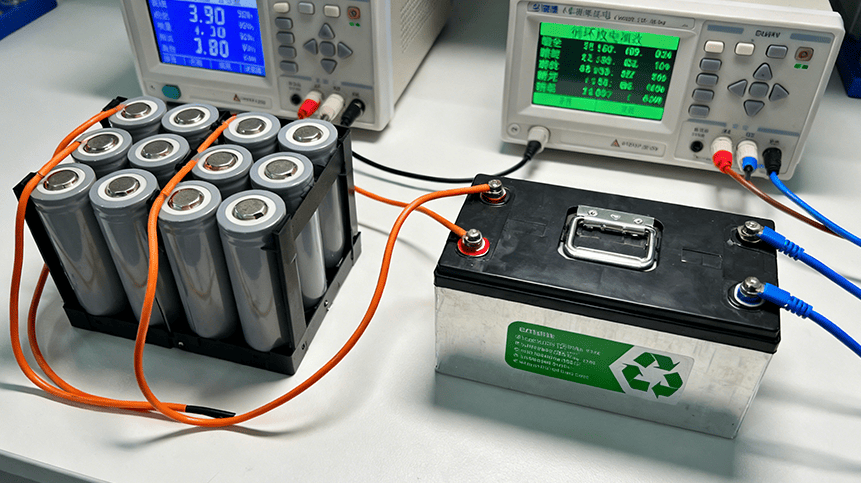 May.2025.11.24Ternary Lithium Battery vs Lithium-ion: Complete Comparison Guide (2025 Edition)Learn More
May.2025.11.24Ternary Lithium Battery vs Lithium-ion: Complete Comparison Guide (2025 Edition)Learn More -

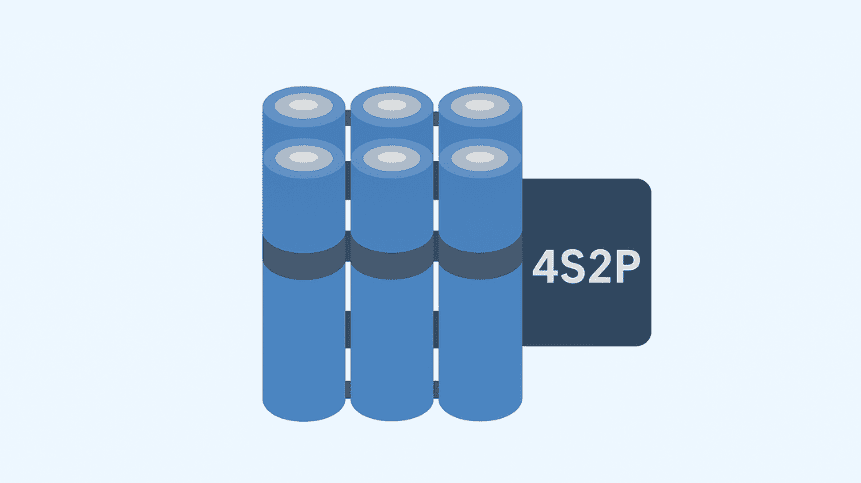 May.2025.11.214S2P 18650 14.8V Battery: Complete Technical Guide, Specs, Applications & SafetyLearn More
May.2025.11.214S2P 18650 14.8V Battery: Complete Technical Guide, Specs, Applications & SafetyLearn More -

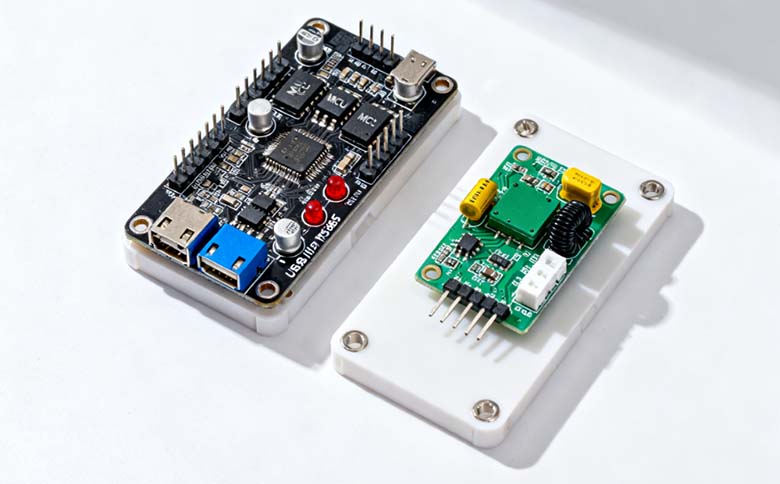 May.2025.11.18PCM vs BMS in Lithium Batteries: What’s the Difference and Which One Do You Need?Learn More
May.2025.11.18PCM vs BMS in Lithium Batteries: What’s the Difference and Which One Do You Need?Learn More -

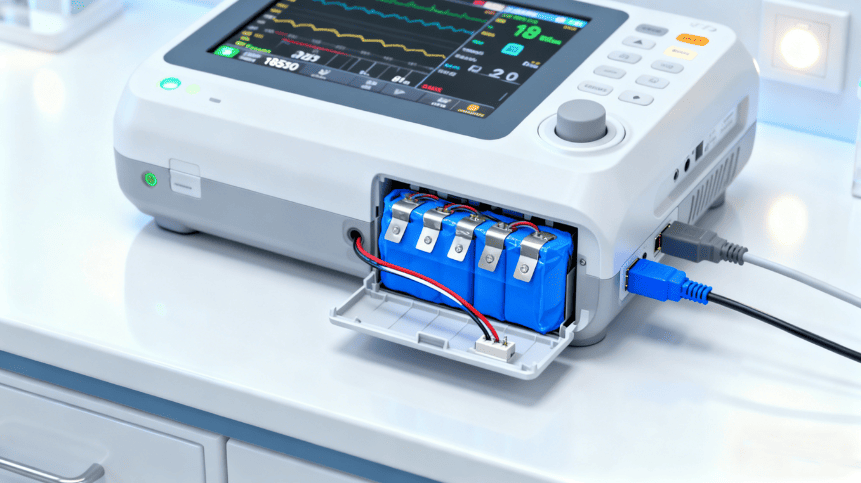 May.2025.11.17Custom Li-ion Battery Design for Medical Devices (2025 Comprehensive Guide)Learn More
May.2025.11.17Custom Li-ion Battery Design for Medical Devices (2025 Comprehensive Guide)Learn More -

 May.2025.11.17The Future of Lithium-Ion Batteries: Innovation, Sustainability, and Global Market TrendsLearn More
May.2025.11.17The Future of Lithium-Ion Batteries: Innovation, Sustainability, and Global Market TrendsLearn More




